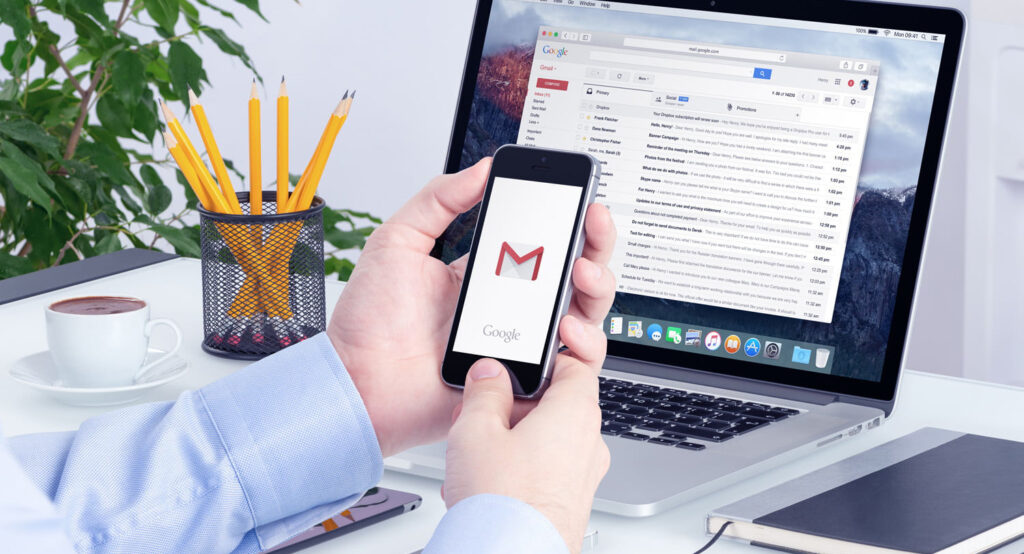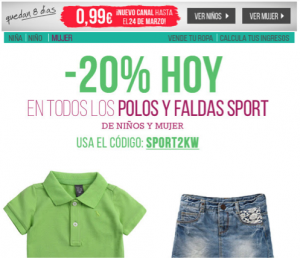What elements does an email need to have in order to capture the user's attention?


One of the goals of any marketing professional is to get increase the opening rate of your company's email marketing campaigns, but what is more interesting is getting the subscriber to take a few seconds to read the email and not end up in the junk mail before reading the first few words of the email.
Therefore, it is extremely important that we take into account the 5 key elements that will make our subscriber not only open the email, but also read it and even interact with it.
1. WHO? - Make it personal
As we have said on many occasions, personalise emails is a tactic that will help you increase your open rate. We all like to feel special and have the feeling that the message is addressed exclusively to us. But to do this, it is extremely important that you know how to what content is appropriate for each subscriberTherefore, you need to know them perfectly. Once you do, it's time to personalise your campaigns!
If you haven't yet ventured to do so, we give you 4 reasons that will convince you:
- Your subscribers are not all the same and you should not treat them all the same.
- Your subscribers are in different stages of the User Lifecycle
- Your reputation as a sender will increase
- You will achieve better results
2. WHAT? - Make it actionable
Sending more campaigns will not get you more results, on the contrary, you may end up directly in spam or your subscribers may mark you as SPAM. This will only damage your reputation as a sender. Therefore, don't send constant mass mailingsOnly send campaigns when you have something really interesting to tell your subscribers. Become a useful referrerLet them know that when they receive an email from you, they are sure to be interested.
On the other hand, it is also essential that record what the email is about you have sent, as users will want to know before they decide whether to read it or not. To get it right, you have 3 elements which should contain this information and should be very well researched:
- Subject
- 1st line
- Sender
3. WHY? - Make it practical
After the "who" and the "what", the third question on your mind should be: "Why? Why should someone read our email? What is interesting for our subscriber? How does it help them "make decisions or take action"? Why will this email make their life better or solve a problem? Make sure you tell your reader why you should read your email y why you should take action in the first or second paragraph.
What can we include in an email to make it attractive to the subscriber? Here is a list:
- Incentives
- Discounts
- Coupon with money
- 2×1
- Gift
Make your Call To Action clear and straightforward. Terms like "Learn more" or "Get more information here" may seem appropriate, but they won't get the subscriber to take action. Your customer wants to know why you are showing this particular product, so don't be shy and make your intentions clear. If you've done this right (by completing the "who" and "what"), your subscribers are ready to connect with a CTA that's perfect for them.
4. WHEN? Do it urgently
The next question you need to address is the time factor: clearly communicate all deadlines and time constraints. This requires foresight, planning and consideration of the following:
- To be genuine. Don't use "false urgency". People recognise a false emergency and you risk losing the respect and loyalty of your subscribers.
- Use urgency sparingly. Excessive use of urgency may cause your reader not to take you seriously and you will not achieve the objective you have set for yourself.
- Use it appropriately. Words like "now" and "today" are great for provoking action, especially in the subject line.
In fact, when we talk about urgency, we are referring to the "scarcity principle". In a situation in which a person becomes aware that an asset that interests him or her may "disappear" in the immediate future, a psychological process takes place that leads to an increase in anxiety. The greater the anxiety, the less rational the decision-making, which becomes more instinctive.
5. HOW? Keep it short
If you want your emails to have a chance of being read, make sure that it doesn't take the subscriber more than a minute to read them. In fact, ideally it should take about 30 seconds or less. To achieve this we suggest that you use a single subject line and prioritise what you want your email subscriber to see first.
Here are some elements that will help you to make your email shorter:
- Short but intense affair.
- Short sentences and pvery short paragraphs.
- Use keywords.
- Short subtitles to break up the content.
- Emails as short as possible.
And now you are ready to get a Higher open rate and a considerable increase in clicks.. Always remember that when creating an email you should incorporate these 5 questions and make sure that they are answered correctly. And you, what elements do you incorporate into an email to get your subscribers to read it?

